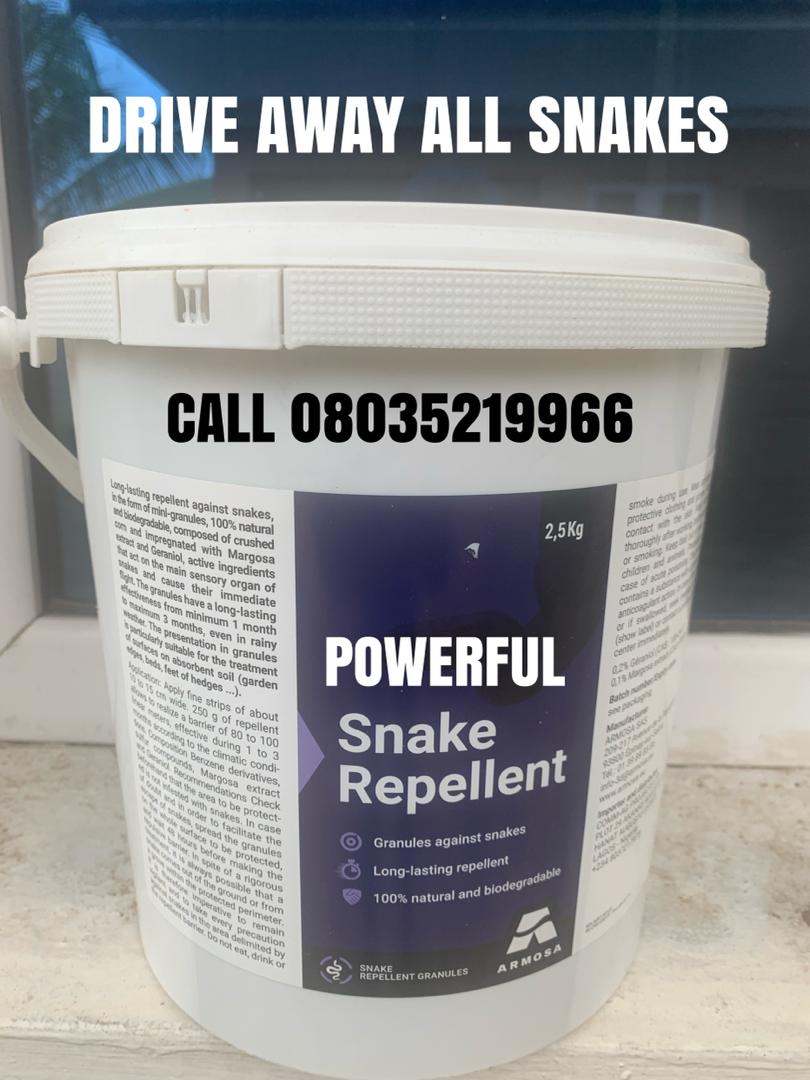How to effectively handle abortion related diseases in sheep and goats
Handling abortion-related diseases in sheep and goats is crucial for maintaining a healthy flock. Abortion can result from various infectious agents, so it’s important to take a systematic approach to control and manage these diseases. Here are some steps:
 Learn More
Learn More1. Diagnosis: Confirm the cause of abortion through diagnostic tests performed by a veterinarian or a diagnostic laboratory. This helps identify the specific pathogen responsible.
2. Isolation and Quarantine: Isolate and quarantine affected animals to prevent the spread of the disease to the rest of the flock.
3. Vaccination: Depending on the diagnosed cause, consult with a veterinarian to determine if there are vaccines available for the specific abortion-related disease. Implement a vaccination program as recommended.
4. Biosecurity: Strengthen biosecurity measures to prevent the introduction of the disease to the herd. This includes controlling access, disinfecting equipment, and maintaining proper hygiene.
5. Sanitation: Maintain clean and dry living conditions for your sheep and goats. Regularly clean and disinfect housing and equipment.
READ ALSO Unforgettable facts about viral diseases of sheep and goats
6. Nutritional Support: Ensure that affected animals receive a proper, balanced diet to support their recovery. Consult a veterinarian for dietary recommendations.

7. Monitoring: Continuously monitor the health of the flock, looking for any signs of illness or recurrence of abortion-related diseases.
8. Consult a Veterinarian: Work closely with a veterinarian or a livestock health professional who can provide guidance, diagnosis, and treatment options specific to your situation.
9. Record-keeping: Keep detailed records of the abortion outbreak, treatments, and recovery progress. This information can be valuable for future management and prevention.
10. Culling: In some cases, it may be necessary to cull animals that have a history of repeated abortion, especially if the disease is difficult to control.
11. Reporting: In many regions, there are legal requirements to report abortion-related diseases to local agricultural authorities.
READ ALSO The best way to manage parasitic diseases of sheep and goats
12. Genetic Selection: Consider selecting and breeding animals that have a history of resistance to abortion-related diseases to improve the herd’s overall resilience.
ATTENTION: Click “HERE” to join our WhatsApp group and receive More updates directly on your WhatsApp!
Remember that early detection, prompt treatment, and strict biosecurity measures are essential for effectively managing and preventing abortion-related diseases in sheep and goats. Consult with a veterinarian or livestock health professional for specific guidance tailored to your operation.
🧩CREATED BY DR JOSEPH DEJI-FOLUTILE















